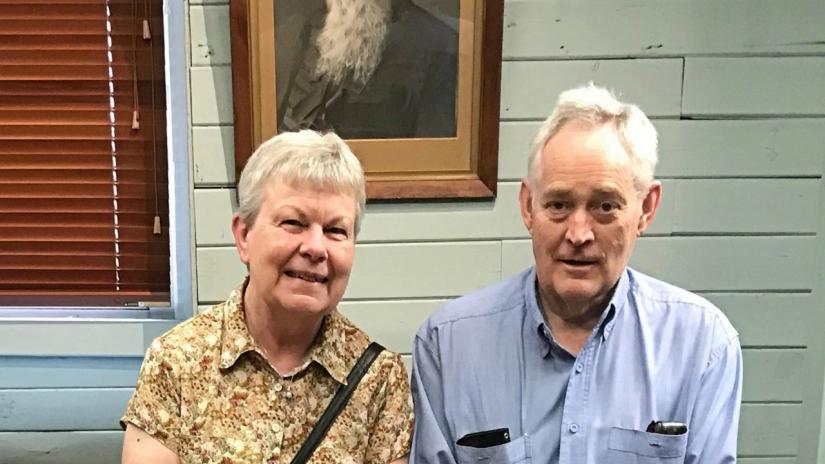Toxicology report into mushroom poisoning
Homicide detectives may have used new technology to detect death cap amatoxins in three people who likely died after consuming the deadly mushrooms. Erin Patterson, 48, served a beef wellington pie containing death cap mushrooms at her home in Leongatha, in Victoria's Gippsland region on July 29.
Ms Patterson’s former in-laws Gail and Don Patterson, Gail's sister Heather Wilkinson and Heather's husband Ian Wilkinson were all at the lunch. Gail and Don, 70, and Gail's sister Heather, 66, died in hospital days later while Ian, 68, is still in the hospital in critical condition.

Gail's sister Heather Wilkinson also succumbed to the deadly mushrooms while Ian remains hospitalised. Picture: Supplied (Facebook).
On Thursday, toxicologist Dr Michael Robertson revealed the deadly toxin found in death cap mushrooms does not get broken down by the body but is only detectable for about two days after ingestion. “The laboratory knows what it is looking for, death cap mushrooms, but that’s not something we see routinely in Australia and the method of analysis is far from routine," Dr Robertson told the Herald Sun on Thursday. “Those early samples are very important because they, particularly any urine samples, would help prove it was death cap mushrooms and therefore show intent.
Dr Robertson told the newspaper he was “certain" blood samples would have been collected from the victims, but warned the evidence would be "significantly less useful to detectives" if they were taken more than 48 hours after the poisonings. “Whilst the clinical picture is consistent with death cap mushroom poisoning, if you don’t have proof the police case becomes much more circumstantial.”
